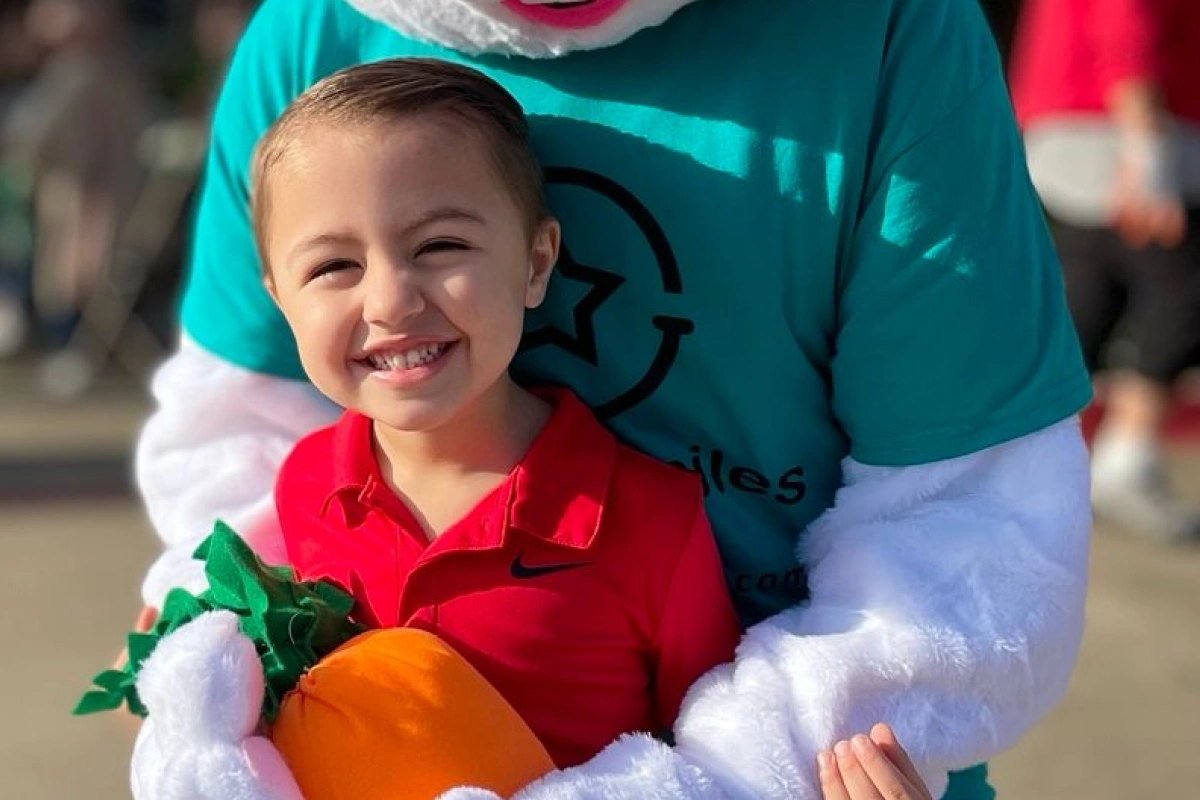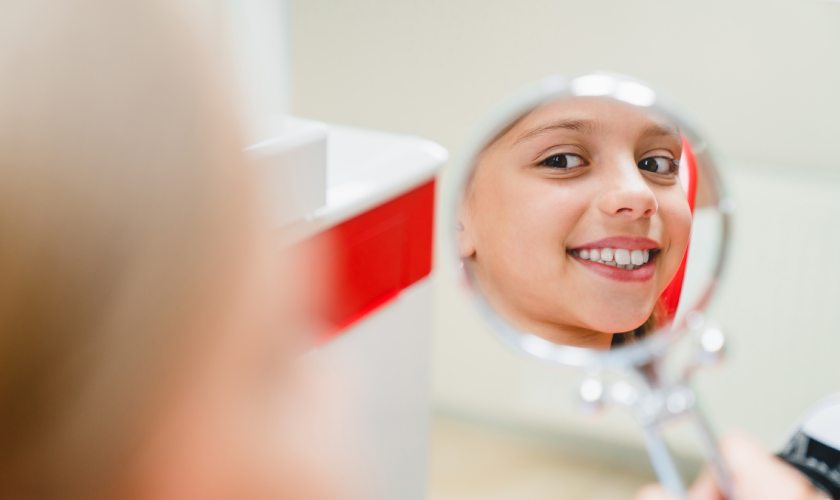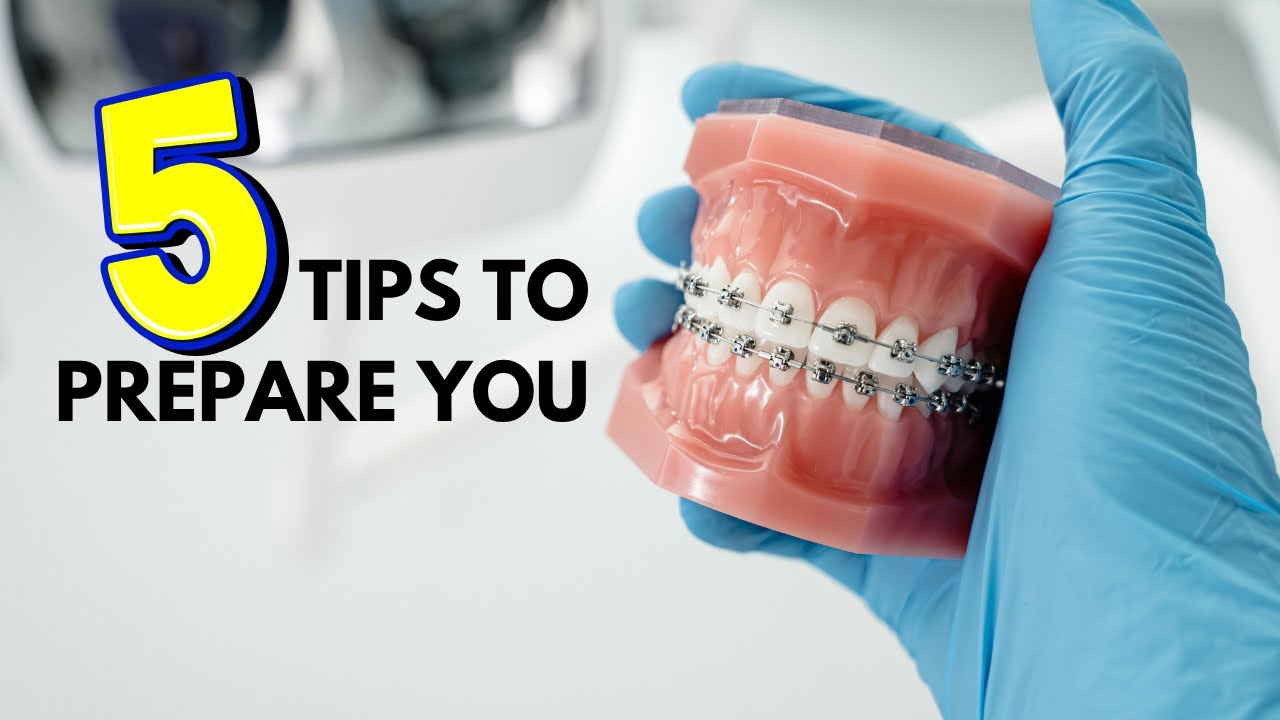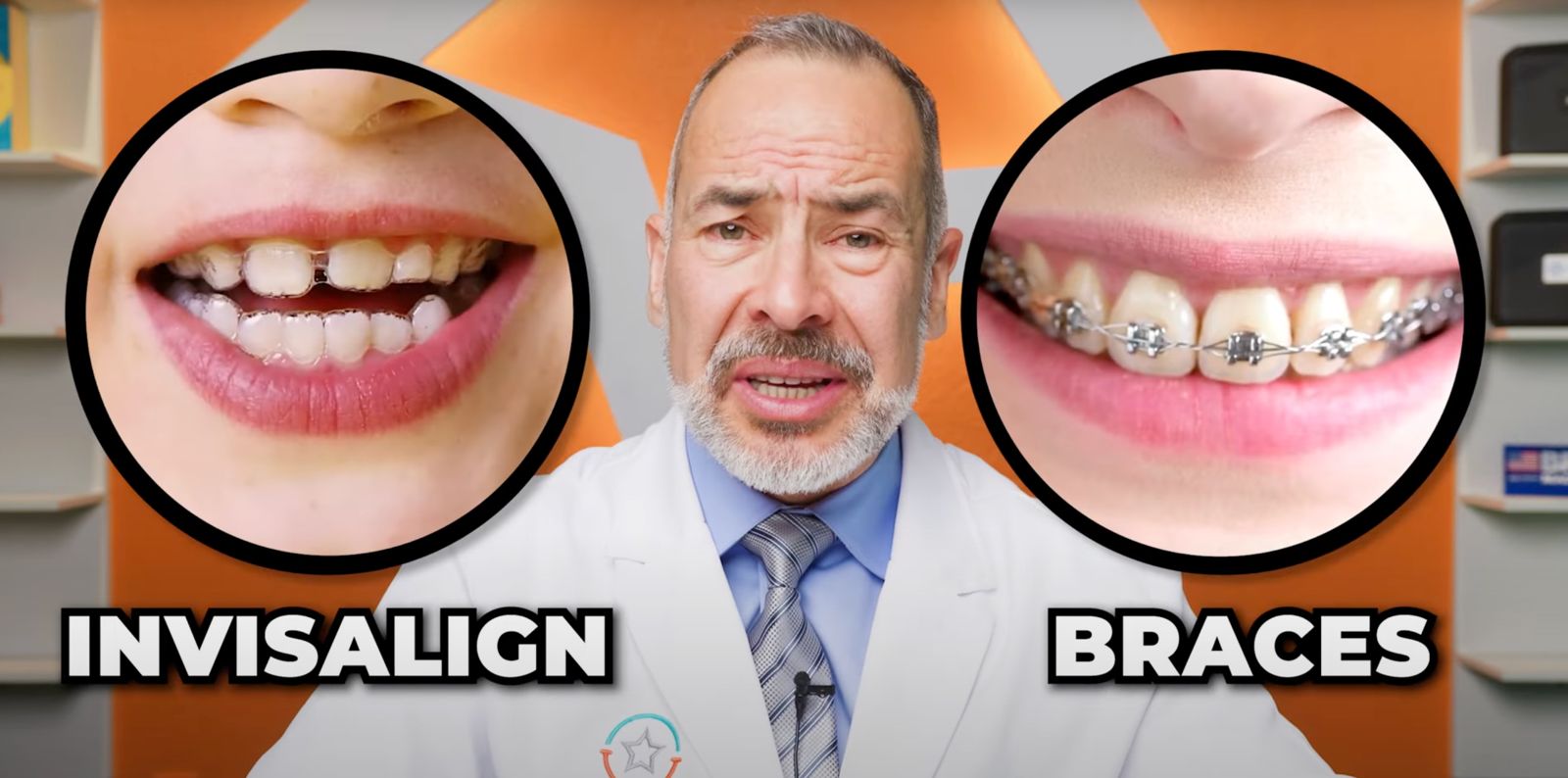
When a child’s teeth start shifting into odd angles, parents begin the debate: braces or Invisalign? Traditional braces have been around forever, but Invisalign has become a more modern, less noticeable option. Still, many parents hesitate, tangled in myths that make them second-guess this precise aligner treatment for their kids. Let’s clear up the most common misconceptions about Invisalign for kids.
1. Invisalign Is Only for Adults
A huge misconception is that Invisalign is strictly for grown-ups. While it initially gained popularity among adults and teens, advancements now make it a fantastic option for younger kids. Invisalign First is designed for children with growing jaws, helping guide their teeth into better positions early on. It works well for mild to moderate alignment issues, reducing the need for more extensive treatments later.
2. It Doesn’t Work as Well as Braces
Many believe Invisalign is less effective than traditional braces, but that’s not the case. When worn as directed—typically 20 to 22 hours a day—it can correct many orthodontic issues, including crowding, spacing, and bite problems. In some cases, Invisalign works faster than braces because the aligners exert consistent pressure without needing manual adjustments.
3. Kids Won’t Keep Them In
One concern parents often have is whether their child will wear the aligners. Surprisingly, kids tend to be more responsible than expected. Since Invisalign aligners are clear and comfortable, many children prefer them over metal braces, which can cause irritation and food restrictions. Plus, parents can track compliance with Invisalign’s built-in wear indicators, which change color if the aligners aren’t worn enough.
4. Invisalign Takes Longer Than Braces
Another common belief is that Invisalign requires a more extended treatment than traditional braces. However, this depends on the child’s specific case and how consistently they wear the aligners. In many instances, Invisalign treatment for kids is just as fast, if not faster, than braces because the aligners are switched out every one to two weeks, keeping the teeth in constant motion.
5. It’s Too Expensive
The cost of Invisalign can be comparable to traditional braces, especially when factoring in fewer emergency visits due to broken brackets or wires. Many dental offices offer flexible payment plans, making it a manageable investment in a child’s long-term dental health. Additionally, some insurance plans cover Invisalign just like they would conventional braces.
6. Invisalign Can’t Fix Complex Cases
It’s a common belief that Invisalign only works for minor issues, but that’s outdated information. While traditional braces may still be necessary for extreme cases, Invisalign can address many complex dental problems, including overbites, underbites, and crossbites. The technology has come a long way, making it a viable solution for more kids than ever.
7. Aligners Will Constantly Get Lost
Parents worry that kids will misplace their aligners, but here’s the reality—kids lose things whether they have Invisalign or not. The key is establishing good habits, like consistently placing the aligners in their case when not in use. If a set goes missing, replacements are available, and many offices provide extra trays just in case.
8. Invisalign Is Pain-Free
While Invisalign is often more comfortable than metal braces, there is still some pressure and mild discomfort, especially when switching to a new set of aligners. This pressure means the treatment is working! However, unlike traditional braces, there are no sharp brackets or wires to cause painful mouth sores.
9. Kids Have to Give Up Their Favorite Foods
One of the biggest perks of Invisalign? No food restrictions! Unlike braces with a long list of off-limits foods, Invisalign aligners are removable. Kids can enjoy popcorn, caramel, and other treats without worrying about breaking a wire. The only rule? Brush before putting the aligners back in.
10. Dental Visits Are More Frequent
Some assume that Invisalign requires more trips to the dentist than traditional braces, but the opposite is often true. While braces need frequent tightening and adjustments, Invisalign patients visit their dentist or orthodontist every 6-8 weeks for progress checks. Many appointments can be virtual, making them more convenient for busy families.
Invisalign for kids is surrounded by myths that can make parents hesitant, but the reality is quite different. It’s a practical, comfortable, and convenient way to straighten teeth without the hassle of metal braces. As long as the aligners are worn correctly and good dental habits are maintained, they can deliver impressive results.
Parents in Grapevine and beyond who are still deciding should schedule a consultation with a licensed orthodontist to discuss whether Invisalign is the right fit. After all, informed decisions lead to confident smiles!
By busting these misconceptions about Invisalign for kids, parents can better understand their options and make long-term choices that benefit their child’s dental health.



